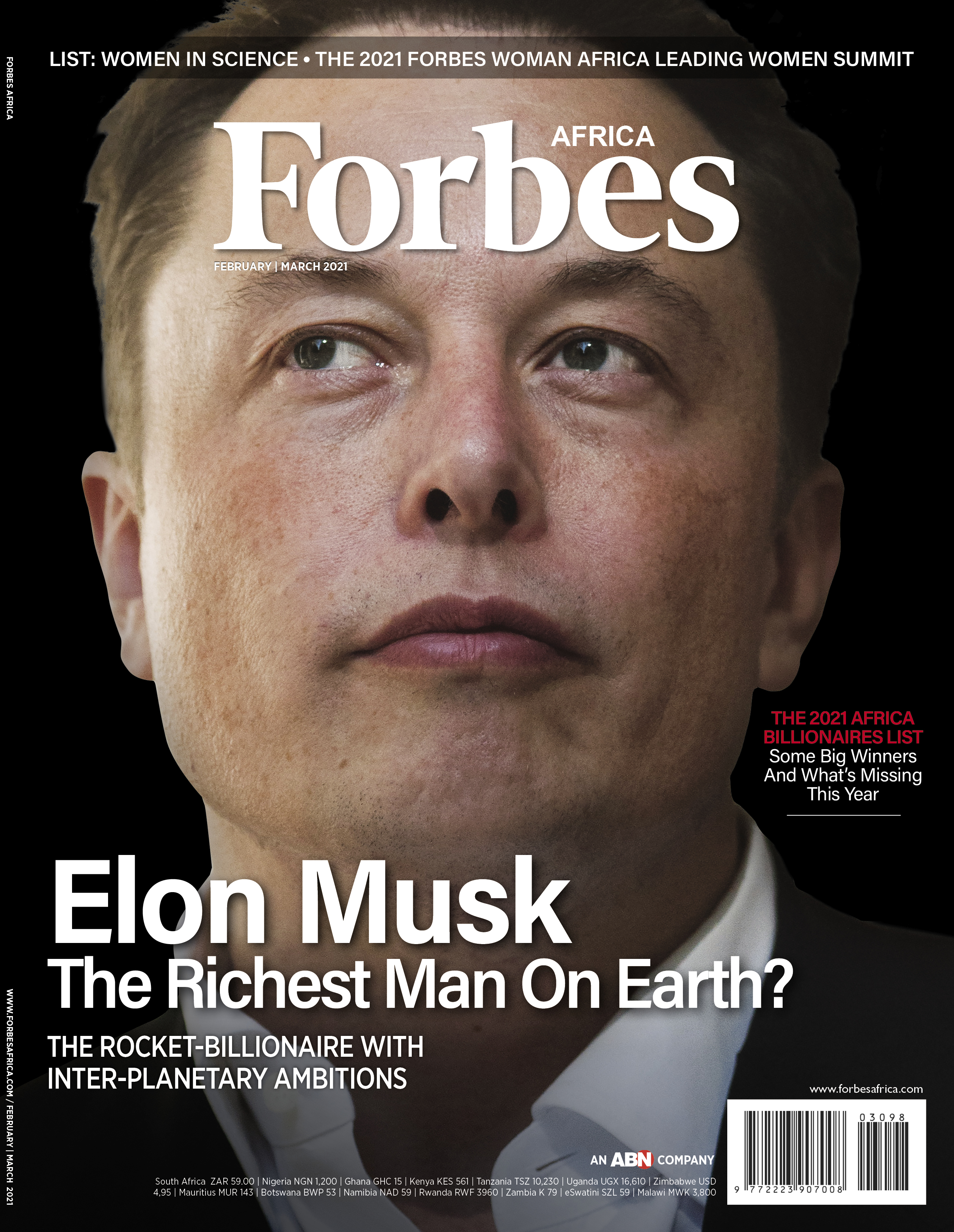1) Advanced Assisted Driving is closer to reach than the falsely labeled Full Self Driving, 10 years in the making; Elizabeth Holmes' blood samples digitized, sound on basic concept, took less time to not deliver. 2) Smart public electric buses might be easier to take to FSD.
— Paramendra Kumar Bhagat (@paramendra) June 1, 2025
Why Smart Surface Public Transport Will Beat Full Self-Driving to the Future
When tech visionary Vinod Khosla tweets about the promise of Full Self-Driving (FSD) cars, it’s easy to get swept up in the optimism. After all, FSD has been "just around the corner" for over a decade. Yet here we are—still cornered. In response to Khosla’s tweet, I offered a two-part reply that captures the central flaw in this line of thinking:
-
Advanced Assisted Driving is within reach, but true FSD remains elusive—despite a decade of hype.
-
Public smart electric buses are a far more viable, scalable path to a self-driving future.
Let’s break this down.
FSD: A Decade of Promises, Still Not Delivered
Tesla’s so-called “Full Self-Driving” has been in testing or "beta" since 2015. Billions of miles and countless edge-case scenarios later, it's still a high-end driver assist system—not autonomy. The fact that Tesla still requires human supervision for a feature called "Full Self-Driving" should be a red flag.
Compare this to the much-maligned case of Elizabeth Holmes. Theranos’ promise of digitized blood samples—while fundamentally sound in concept—took less time to not deliver. In other words, even a failed moonshot came to its natural conclusion faster than FSD’s slow-motion struggle toward autonomy.
The Case for Smart Public Electric Buses
If we genuinely want to move society toward a self-driving future, we need to think less about individual cars and more about shared infrastructure. Smart electric buses operating on pre-mapped, geofenced routes—such as Bus Rapid Transit (BRT) lanes—represent a far easier use case for autonomy.
Here’s why:
-
Fewer edge cases: A defined route means fewer unpredictable variables, such as complex intersections, pedestrians darting out, or unusual traffic patterns.
-
Infrastructure can assist AI: Buses can communicate with smart traffic lights, GPS beacons, and dedicated lanes—making autonomy easier, safer, and more reliable.
-
Higher impact per vehicle: A single autonomous bus can move dozens of people, easing congestion and carbon emissions faster than private FSD vehicles ever could.
-
Simpler regulatory path: Cities are more likely to greenlight controlled-use public vehicles than risk FSD cars navigating unpredictable urban environments without drivers.
-
Lower economic barrier: You don't need $80,000 and a software update. You need government commitment and a modest tech stack that already exists.
A Smarter Future Isn’t Private, It’s Public
If we’re serious about clean, smart, scalable mobility, we must shift focus from the car to the collective. FSD, as sold today, is a technological vanity project masquerading as a transportation solution. But smart surface public transport—electric buses with driver assist and geofencing—could start solving urban mobility this year, not in some perpetually deferred future.
In fact, it’s not that FSD tech can’t work—it’s that applying it first to personal vehicles is a backwards approach. Think of the aviation industry. Autopilot didn’t start with private jets—it began with commercial aircraft on clearly defined flight paths.
Final Word
Khosla is right to believe in the potential of self-driving tech. But the bet should be on public infrastructure, not private toys for the rich. The future of FSD is public, electric, surface-based, and already achievable—if only we shift our focus and will.
Let’s stop trying to make every car a spaceship and start making every bus a smart mover.
Why Smart Surface Public Transport Will Beat Full Self-Driving to the Future https://t.co/5kL9sL2IYs
— Paramendra Kumar Bhagat (@paramendra) June 1, 2025
Why Smart Surface Public Transport Will Beat Full Self-Driving to the Future 🧵
— Paramendra Kumar Bhagat (@paramendra) June 1, 2025



No comments:
Post a Comment